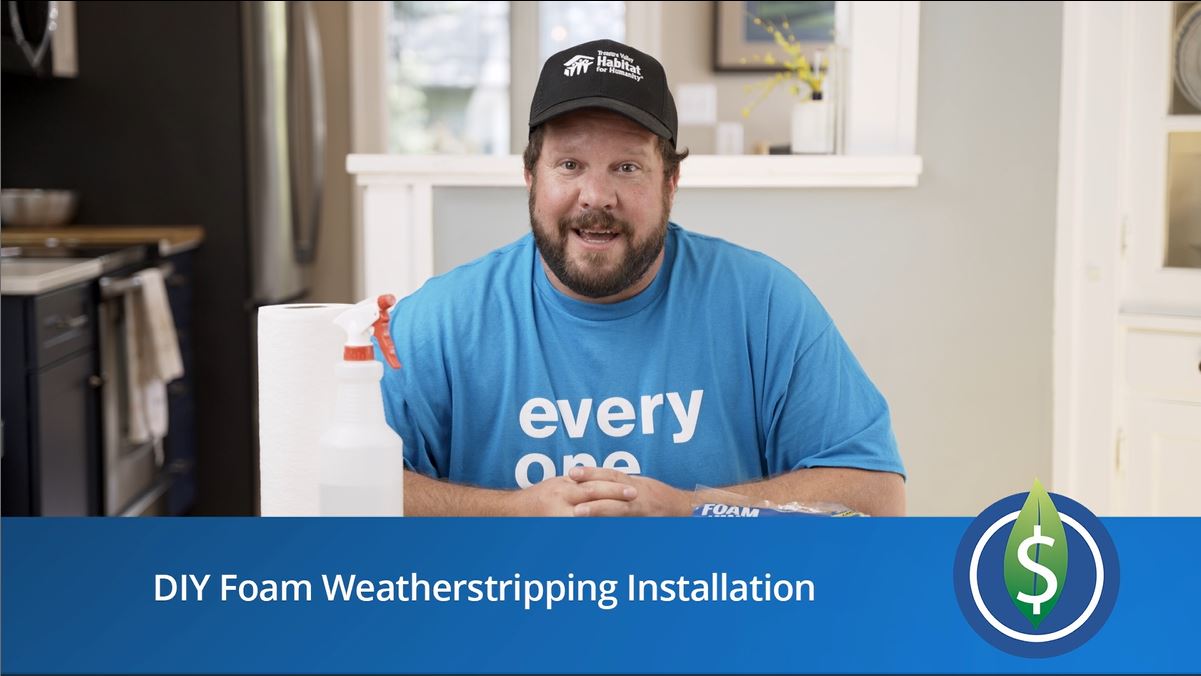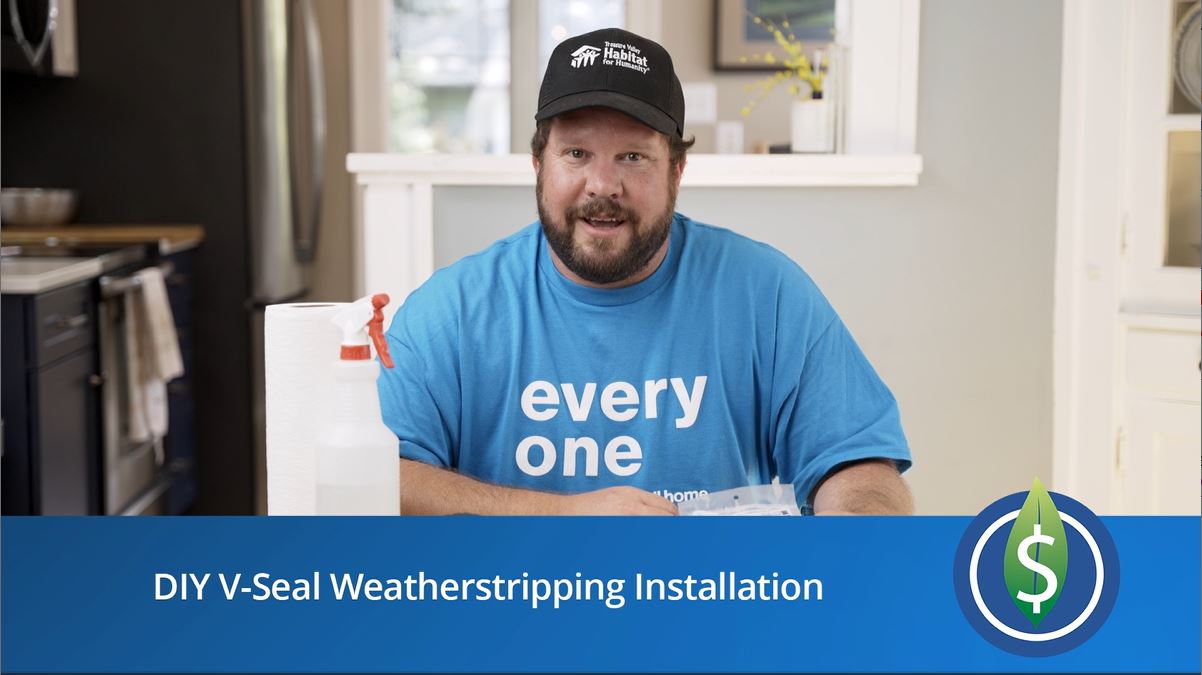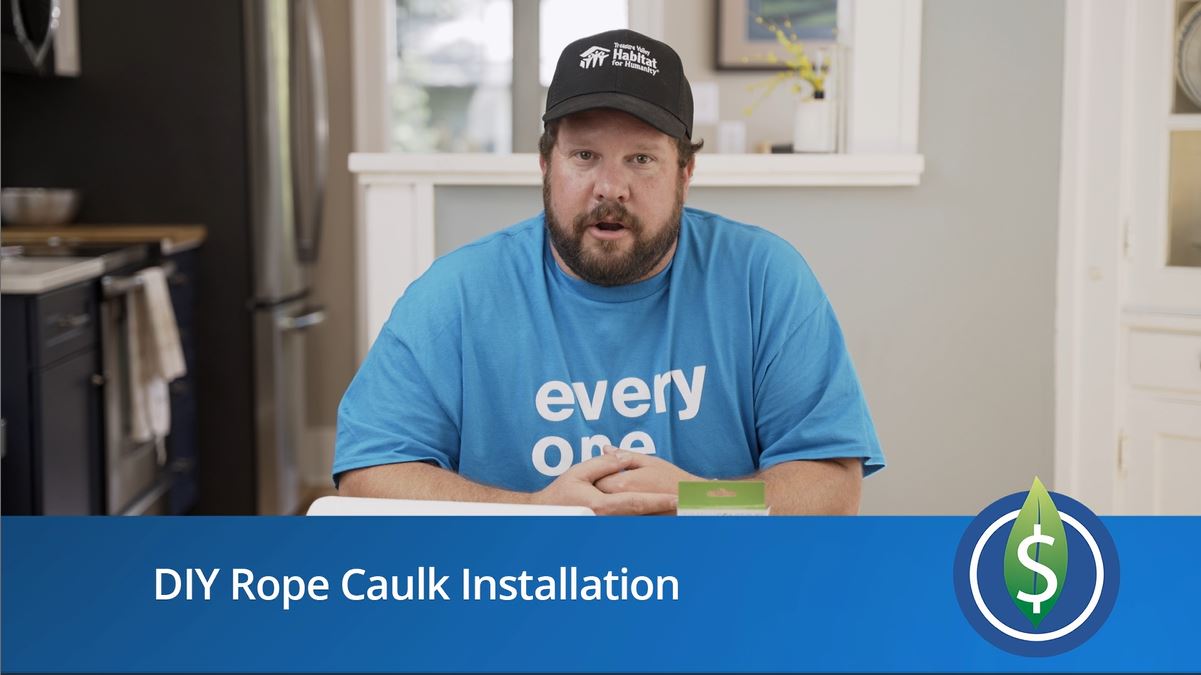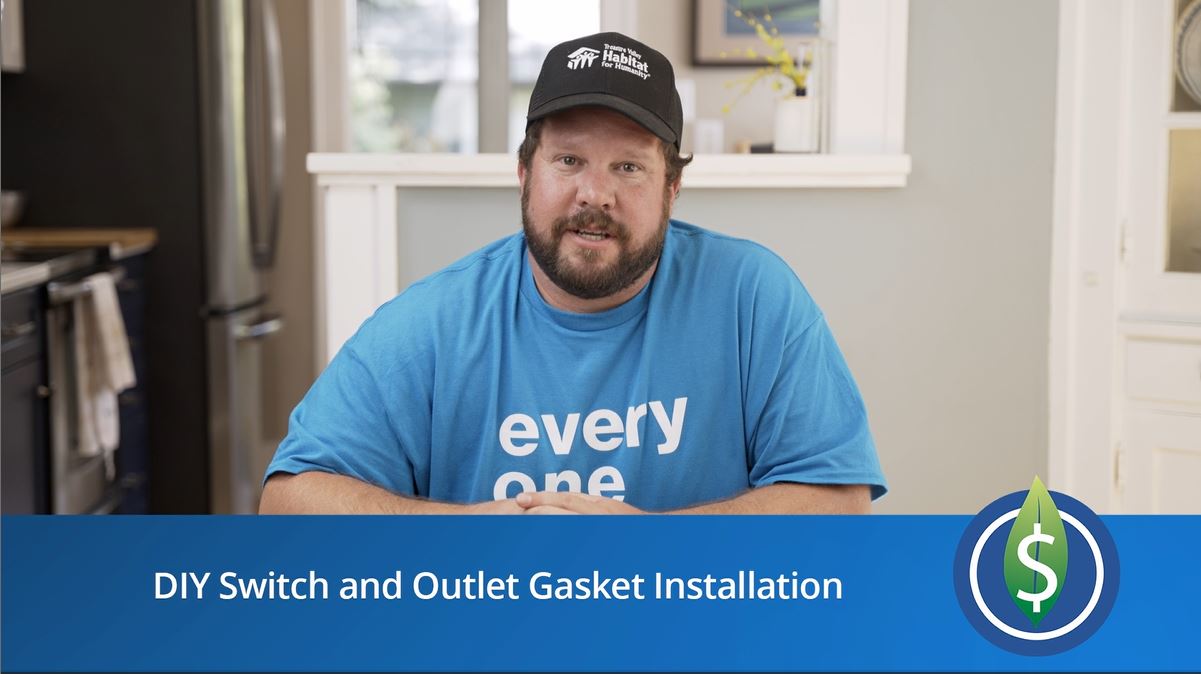Energy saving tips
Presented by
![]()
![]()
Learn how to save money on your energy bills with DIY home weatherization projects in this easy how-to video series brought to you by the building experts at Treasure Valley Habitat for Humanity and Intermountain Gas!
Learn more about Treasure Valley Habitat for Humanity’s mission to provide safe and livable housing here: https://www.tvhabitat.org/
Energy Saving Tips
There are several things you can do around your home to lower your gas bill. Below are some tips for reducing the amount of energy used by your gas furnace and water heater:
- Adjust thermostats: Set your thermostat to your personal comfort zone and when you are away from home, reduce the temperature by 5-8 degrees Fahrenheit. For homes with elderly people or children, warmer temperatures are recommended.
- Install a programmable set-back thermostat: This can be a good investment in homes heated and cooled with central forced-air systems. Taking the time to program to match your personal habits will save money. More information can be found on page 8 of Energy Star’s Guide to Energy-Efficient Heating and Cooling.
- Clean or change your furnace filters once a month during heating season.
- Have your furnace or boiler tuned by a qualified technician once a year to help improve your systems operating efficiency. Plus, your furnace is one-third less likely to break down.
- DO NOT restrict airflow through the heating system by closing hot air registers or placing furniture or other objects in front of or over cold air returns.
- Warm air rises, so use registers to direct warm airflow across the floor.
- On sunny days, open draperies and blinds to let in the suns warmth
- Close draperies and blinds at night to insulate against cold air.
- Be sure storm windows are installed during heating season.
- Weatherize your home with caulking and weather-stripping to seal leaks. For step-by-step instructions to seal leaks in your home, visit Energy.gov’s DIY Savings Project webpage.
- Be sure your attic and basement have recommended levels of insulation.
- After you have caulked and sealed bypasses, adding insulation can help you reduce energy use and save on future fuel bills.
- Avoid changing the thermostat setting frequently.
- Hot air and return ducts in the attic or crawl space should be covered with at least two inches of insulation and should be as airtight as possible.
- To reduce heat loss up the chimney, install glass doors on the fireplace and close dampers when the fireplace is not in use.
- Make sure your wood-burning fireplace is properly vented. Wood-burning fireplaces require a great deal of oxygen. If you do not have an outside air intake vent, your fireplace will draw air from inside your house, including the air you have paid to heat.
- Set water heater temperature to 120˚ F. Extremely hot water can lead to scalding accidents and also higher energy costs.
- Make sure your hot water pipes are insulated where they pass through unheated areas.
- Flushing your water heater tank every year or so is a wise precaution which could extend the life of your tank by preventing the build-up of sediment. (However, if your tank hasn’t been flushed for over five years, flushing it now and disrupting the sediment could actually expose a leak.)
- Replace old water heaters with models that have a Uniform Energy Factor (UEF) rating of
 0.65 or higher. For additional information on high-efficiency water heaters, check out the products on the ENERGY STAR® website at www.energystar.gov.
0.65 or higher. For additional information on high-efficiency water heaters, check out the products on the ENERGY STAR® website at www.energystar.gov. - Repair leaky faucets. A leak that fills a coffee cup in 10 minutes wastes 3,280 gallons of water a year.
- Install water flow restrictors in showerheads and faucets
- Run washing machines and clothes dryers with full loads only.
- Consider washing with cold water.
- Replace old, outdated washer and dryers with high efficiency Energy Star models.
